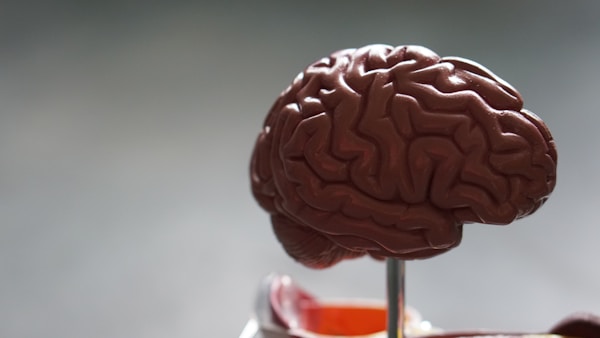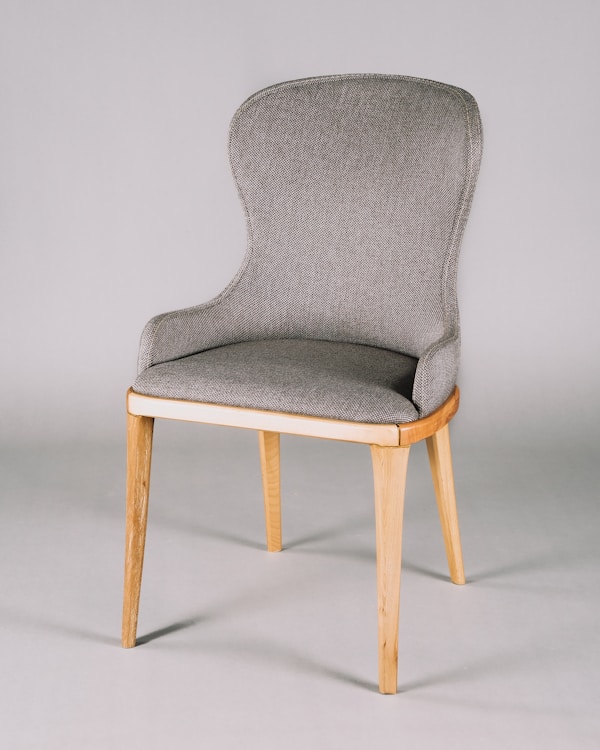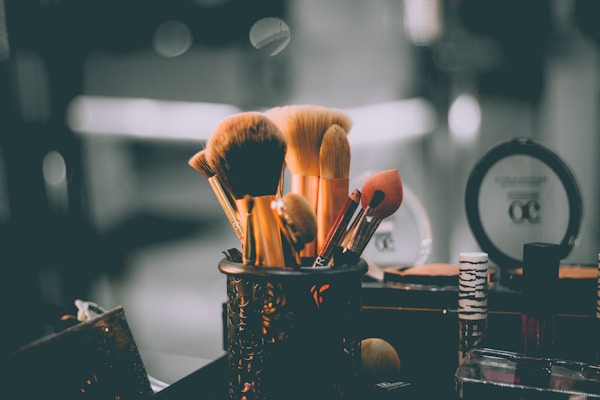
Only 23% of people know their actual hearing capabilities across the frequency spectrum. Age-related hearing loss affects specific frequencies first, while equipment limitations often mask audio defects. Our professional frequency response test reveals both hearing capabilities and equipment performance with clinical-grade accuracy.
What You'll Learn
- Understanding frequency test results across the audible spectrum (20Hz-20kHz)
- Age-related hearing loss patterns and when to seek professional evaluation
- Equipment limitations vs actual hearing issues identification
- Room acoustics impact on frequency response testing
- Professional audiogram comparison and interpretation
- When frequency response issues indicate equipment problems vs hearing concerns
Understanding Human Hearing & Frequency Response

Human Hearing Range
The human auditory system processes frequencies differently across its range:
- Sub-bass (20-60Hz): Felt more than heard, requires powerful systems
- Bass (60-250Hz): Fundamental frequencies, room acoustics critical
- Midrange (250Hz-4kHz): Most sensitive range, speech intelligibility
- Treble (4-20kHz): Clarity and detail, first affected by age/damage

Equal Loudness Curves
Human hearing sensitivity varies by frequency:
- Peak sensitivity: 2-5kHz range (speech frequencies)
- Fletcher-Munson curves: Loudness perception changes with volume
- Masking effects: Loud sounds hide quiet ones nearby in frequency
- Critical bands: Frequency resolution limits of the ear
Hearing Sensitivity Statistics (2025)
How Our Professional Frequency Test Works
Advanced Psychoacoustic Testing Engine
Our frequency response test uses calibrated pure tones and adaptive threshold detection to map your hearing across the entire audible spectrum:
1. Calibrated Pure Tones
Generates mathematically pure sine waves at precisely controlled frequencies from 20Hz to 20kHz with <0.01% THD.
2. Adaptive Threshold Detection
Uses modified Bekesy tracking to find your threshold of hearing at each frequency with ±2dB accuracy.
3. Equipment Calibration
Compensates for known headphone/speaker response curves to isolate hearing capabilities from equipment limitations.
4. Statistical Analysis
Compares results to age-matched norms and identifies significant deviations requiring professional evaluation.
Test Your Frequency Response Now
Run our comprehensive frequency analysis in under 10 minutes. Works with all audio output devices.
Start Frequency Test →Interpreting Your Frequency Response Results
✅ Normal Hearing (0-25dB HL across frequencies)
Performance Impact: Full frequency range accessible, optimal music and speech perception
Recommendation: Excellent hearing. Continue protection practices and annual monitoring.
⚠️ Mild High-Frequency Loss (25-40dB HL above 4kHz)
Performance Impact: Subtle loss of detail and clarity, difficulty with consonants
Recommendation: Monitor progression. Consider professional audiogram if interfering with daily life.
🔧 Moderate Loss (40-55dB HL in multiple ranges)
Performance Impact: Noticeable hearing difficulty, speech comprehension affected
Recommendation: Professional audiological evaluation recommended. May benefit from hearing aids.
❌ Significant Loss (>55dB HL widespread)
Performance Impact: Substantial hearing impairment, communication difficulties
Recommendation: Immediate professional evaluation required. Hearing aids likely necessary.
🎯 Equipment Limitations Detected
Performance Impact: Test results affected by headphone/speaker frequency response
Recommendation: Repeat test with different equipment. Consider professional testing with calibrated equipment.
User Test Results Database
Age-Related Hearing Loss Patterns

Presbycusis: Age-Related Hearing Changes
Ages 20-30: Baseline Hearing
- Full frequency range typically 20Hz-20kHz
- Minimal threshold variation across frequencies
- Peak sensitivity around 2-4kHz
- Warning signs: High-frequency loss >15kHz may indicate early damage
Ages 30-40: Early Changes
- Gradual high-frequency rolloff begins above 16kHz
- Threshold increases of 5-10dB in ultrasonic range
- Most speech and music frequencies unaffected
- Red flags: Loss extending below 12kHz warrants investigation
Ages 40-50: Noticeable Decline
- High-frequency limit typically drops to 12-15kHz
- Threshold increases of 15-25dB above 8kHz
- Speech clarity may begin to be affected
- Intervention point: Consider hearing protection strategies
Ages 50+: Significant Changes
- High-frequency limit often <10kHz
- Threshold increases of 30-50dB in upper frequencies
- Speech comprehension notably affected
- Professional care: Regular audiological monitoring recommended
Factors Accelerating Hearing Loss
Environmental
- Noise exposure (concerts, machinery, headphones)
- Ototoxic medications (some antibiotics, diuretics)
- Head trauma or acoustic trauma
- Chronic ear infections
Genetic/Medical
- Family history of hearing loss
- Diabetes and cardiovascular disease
- Autoimmune conditions
- Smoking and alcohol consumption
Equipment Limitations vs Hearing Issues

Common Equipment Limitations
Headphone Frequency Response
Most consumer headphones have significant frequency response variations:
- Bass rolloff below 50Hz (except planar/electrostatic)
- Mid-frequency coloration from housing resonances
- High-frequency peaks and dips above 5kHz
- Dynamic driver limitations above 15kHz
Speaker Limitations
Speakers add room acoustics to inherent limitations:
- Room modes affecting bass response below 200Hz
- First reflection interference patterns
- Speaker positioning effects on imaging
- Crossover network phase issues

Differentiating Equipment vs Hearing
Equipment Issues (Correctable)
- Results improve with different headphones/speakers
- Frequency response matches known equipment curves
- Sharp nulls at specific frequencies
- Asymmetric results between left/right channels
Hearing Issues (Require Professional Evaluation)
- Consistent results across different equipment
- Progressive high-frequency loss pattern
- Notched loss at specific frequencies (noise damage)
- Asymmetric loss between ears
Equipment Compensation Strategies
For Accurate Testing
- Use flat-response headphones (Sennheiser HD650, Beyerdynamic DT880)
- Test in quiet environment with minimal ambient noise
- Ensure proper headphone positioning and seal
- Compare results with known equipment limitations
Professional Alternatives
- Clinical audiometry with calibrated equipment
- Insert earphones for precise sound delivery
- Sound booth testing to eliminate room effects
- Bone conduction testing to bypass outer ear issues
Room Acoustics Impact on Frequency Testing
How Your Environment Affects Results

Room Mode Effects (20-300Hz)
Low frequencies interact strongly with room dimensions:
- Standing waves: Peaks and nulls at specific frequencies
- Room size correlation: Smaller rooms = higher frequency issues
- Position dependency: Results vary significantly with location
- Solution: Use headphones for frequencies below 200Hz

Reflection/Reverberation (300Hz+)
Mid and high frequencies affected by surfaces:
- First reflections: Comb filtering from nearby surfaces
- Reverberation time: Affects perceived frequency balance
- Surface materials: Hard surfaces boost high frequencies
- Solution: Near-field listening reduces room influence
Optimal Testing Environment
Room Characteristics
- Quiet (<30dB ambient noise)
- Irregular dimensions
- Mixed surface materials
- Minimal parallel surfaces
Equipment Setup
- Near-field listening (1-3 feet)
- Speakers at ear level
- Equal distance from walls
- Slight toe-in angle
Best Practices
- Test during quiet times
- Use headphones when possible
- Multiple listening positions
- Document room conditions
Professional Audiogram Comparison
Clinical vs Consumer Testing Differences
| Aspect | Our Online Test | Clinical Audiogram | Accuracy Difference |
|---|---|---|---|
| Equipment | Consumer headphones/speakers | Calibrated audiometer + insert earphones | ±5-10dB vs ±2dB |
| Environment | Home/office setting | Sound-treated booth | Background noise affects results |
| Frequency Range | 20Hz-20kHz (equipment limited) | 250Hz-8kHz (standardized) | Extended range but less accuracy |
| Professional Oversight | Self-administered | Audiologist supervised | Methodology variations possible |
| Medical Interpretation | General guidance provided | Diagnostic interpretation included | Professional evaluation needed |
When to Seek Professional Audiometry
Screening Indicators
- Hearing loss >25dB at any frequency
- Significant asymmetry between ears (>15dB)
- Sudden or rapid hearing changes
- Tinnitus or ear pain accompanying loss
- Speech comprehension difficulties
Professional Benefits
- Medical evaluation for underlying causes
- Precise threshold measurements
- Treatment recommendations
- Hearing aid fitting if needed
- Follow-up monitoring protocols
Frequency-Specific Applications & Implications

Music & Audio Production
Critical Frequencies for Mixing
- 60-80Hz: Bass fundamentals, must be audible
- 200-500Hz: Warmth and body, room treatment critical
- 1-3kHz: Vocal clarity, most critical for speech
- 5-8kHz: Definition and detail, affects perceived quality
- 10-15kHz: Air and sparkle, age-dependent perception
Professional Tip: If you can't hear above 12kHz, consider collaborating with younger engineers for high-frequency decisions, or use spectrum analyzers for reference.

Speech & Communication
Speech Intelligibility Frequencies
- 250-500Hz: Vowel fundamentals, loudness perception
- 1-2kHz: Vowel formants, essential for recognition
- 2-4kHz: Consonant clarity, critical for understanding
- 4-6kHz: Fricatives (s, sh, f), affects speech clarity
- 6-8kHz: Consonant harmonics, fine speech details
Communication Impact: High-frequency hearing loss above 4kHz significantly affects speech understanding, especially in noisy environments.
Frequency Response Applications by Field
Audio Engineering
- Monitor calibration verification
- Room acoustics analysis
- Hearing protection assessment
- Equipment frequency response
Healthcare
- Hearing screening programs
- Occupational health monitoring
- Hearing aid candidacy assessment
- Treatment progress tracking
Consumer Audio
- Headphone/speaker evaluation
- Personal audio optimization
- Age-appropriate equipment selection
- Hearing protection needs assessment
Understand Your Hearing Capabilities
Don't assume your hearing is perfect or that audio equipment issues are normal. Use our professional frequency response test to understand both your hearing capabilities and equipment limitations.